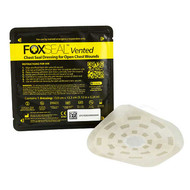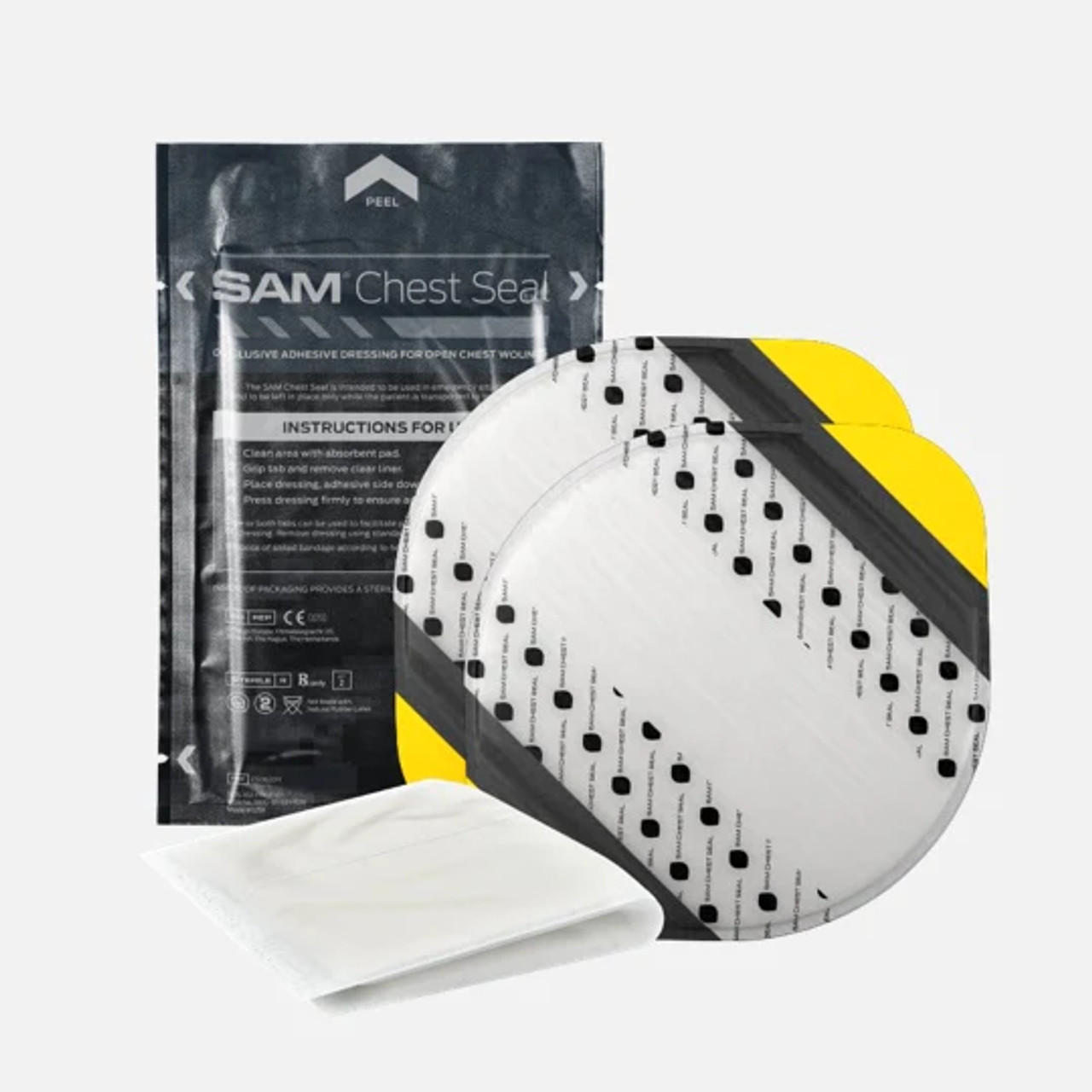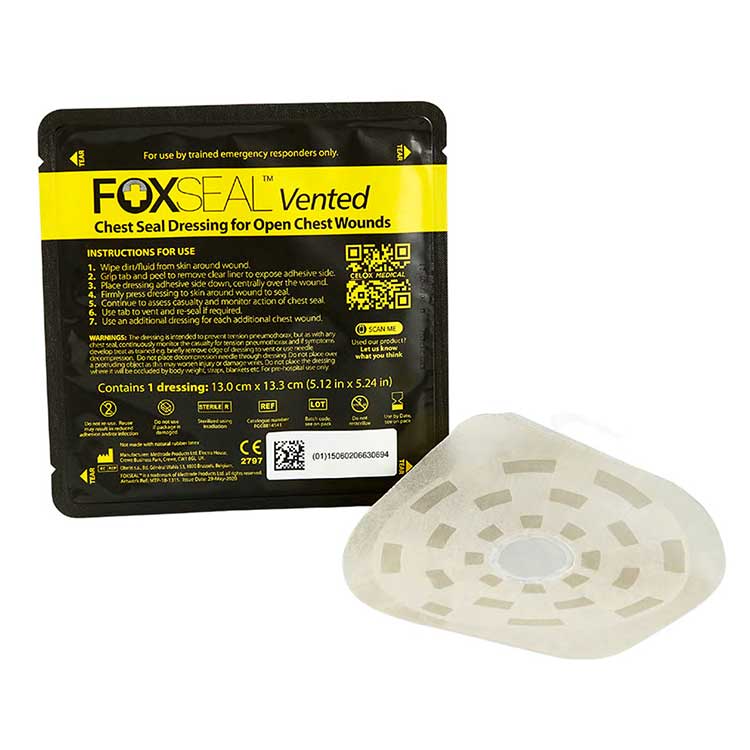Unvented vs. Vented Chest Seals: Making Critical Decisions in Emergency Care
Posted by DS Medical on 30th Nov 2023
In the high-stakes world of emergency medical care, decisions made in the heat of the moment can be the difference between life and death. One such decision that medical professionals often face is choosing between unvented and vented chest seals when dealing with chest injuries. Both types of chest seals play a crucial role in managing open pneumothorax, a life-threatening condition where air enters the pleural cavity, causing the lung to collapse. Understanding the differences between unvented and vented chest seals is essential for healthcare providers to make informed decisions and provide the best possible care to their patients.
| Unvented Chest Seals: Preserving the Seal Advantages: Preservation of Seal Integrity: Unvented chest seals, as the name suggests, do not have a venting mechanism. This design helps in maintaining the seal's integrity, preventing air from entering the pleural space. A secure seal is vital to prevent tension pneumothorax, a complication that can arise from untreated open pneumothorax. Simplicity and Reliability: Unvented chest seals are straightforward to use, making them ideal for high-stress situations. Medical professionals can quickly apply these seals to cover the wound, creating an airtight barrier that allows the lung to re-expand and re-establish normal breathing patterns. Reduced Risk of Complications: Without a vent, unvented chest seals eliminate the risk of air being sucked back into the pleural cavity during the patient's inhalation, reducing the chances of tension pneumothorax. |
| Vented Chest Seals: Managing Excess Air Advantages: Air Release Mechanism: Vented chest seals come with a one-way valve that allows excess air to escape from the pleural space during exhalation while preventing air from entering during inhalation. This feature helps manage pneumothorax effectively, especially in cases where there is ongoing air leakage from the chest wound. Pressure Regulation: Vented chest seals assist in regulating the pressure inside the pleural cavity. By allowing controlled air release, these seals help maintain a balance between the pressure inside the chest and the atmospheric pressure, preventing tension pneumothorax. Versatility in Complex Situations: In situations where there might be underlying lung injuries or a need for prolonged ventilation, vented chest seals offer a more controlled approach to managing the chest wound. They allow medical professionals to monitor the patient's condition closely while providing the necessary treatment. |
Conclusion: Making Informed Choices
In the realm of emergency medical care, there is no one-size-fits-all solution. The choice between unvented and vented chest seals depends on the specific clinical scenario, the nature of the injury, and the patient's condition. Medical professionals must assess the situation critically, considering factors such as the presence of tension pneumothorax, ongoing air leakage, and the need for prolonged care.
Ultimately, staying updated with the latest advancements in medical technology, participating in regular training sessions, and adhering to established protocols are vital for healthcare providers. By understanding the nuances of unvented and vented chest seals, medical professionals can make well-informed decisions, ensuring the best possible outcome for their patients in critical chest injury situations.




